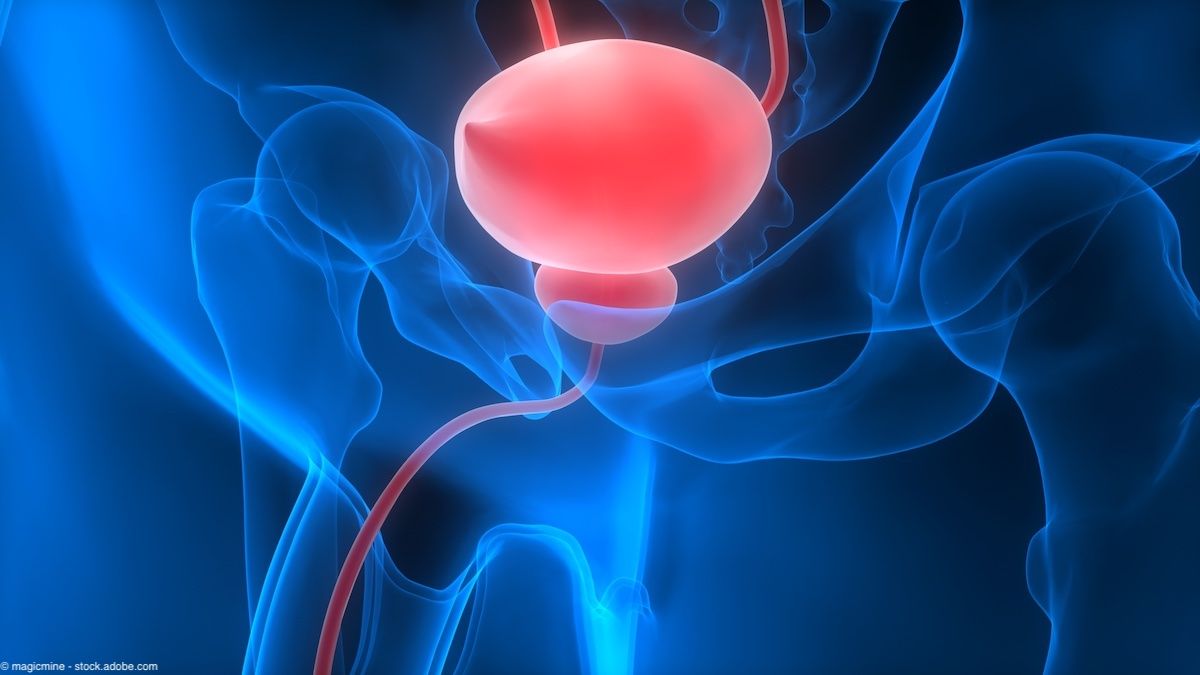Article
Kidney stone rate in kids brings new challenges
Radiation and surgical techniques for treating kidney stones may not be appropriate in a pediatric population.

What was once almost exclusively a disease of middle-aged individuals is now affecting patients in their teens with increasing frequency. This presents many new challenges for diagnosis and treatment. The radiation exposure of computed tomography, our best imaging modality for stones, has special considerations in the pediatric population. Similarly, the techniques and instruments used for surgical management of stones are not always easily adapted for the pediatric population.
The increasing incidence of childhood obesity is commonly blamed for the rising incidence of stones in children. However, Dr. Dwyer and colleagues were not able to find such a correlation, in agreement with other epidemiologic studies of pediatric stone disease (Urology 2011; 77:195-9).
The authors also hypothesize that the increasing use of abdominal imaging, especially computed tomography, may play a role in the increasing incidence of pediatric stones. This is very plausible, and similar trends have been noted in kidney cancer as the increasing use of abdominal imaging has led to a dramatic increase in the detection of small renal masses.
It is likely that pediatric stone patients will be a growing population and provide ever-increasing challenges to pediatric urologists and endourologists alike in the coming years.
Dr. Gjertson is assistant professor of surgery and urology at the University of Connecticut Health Center, Farmington.





